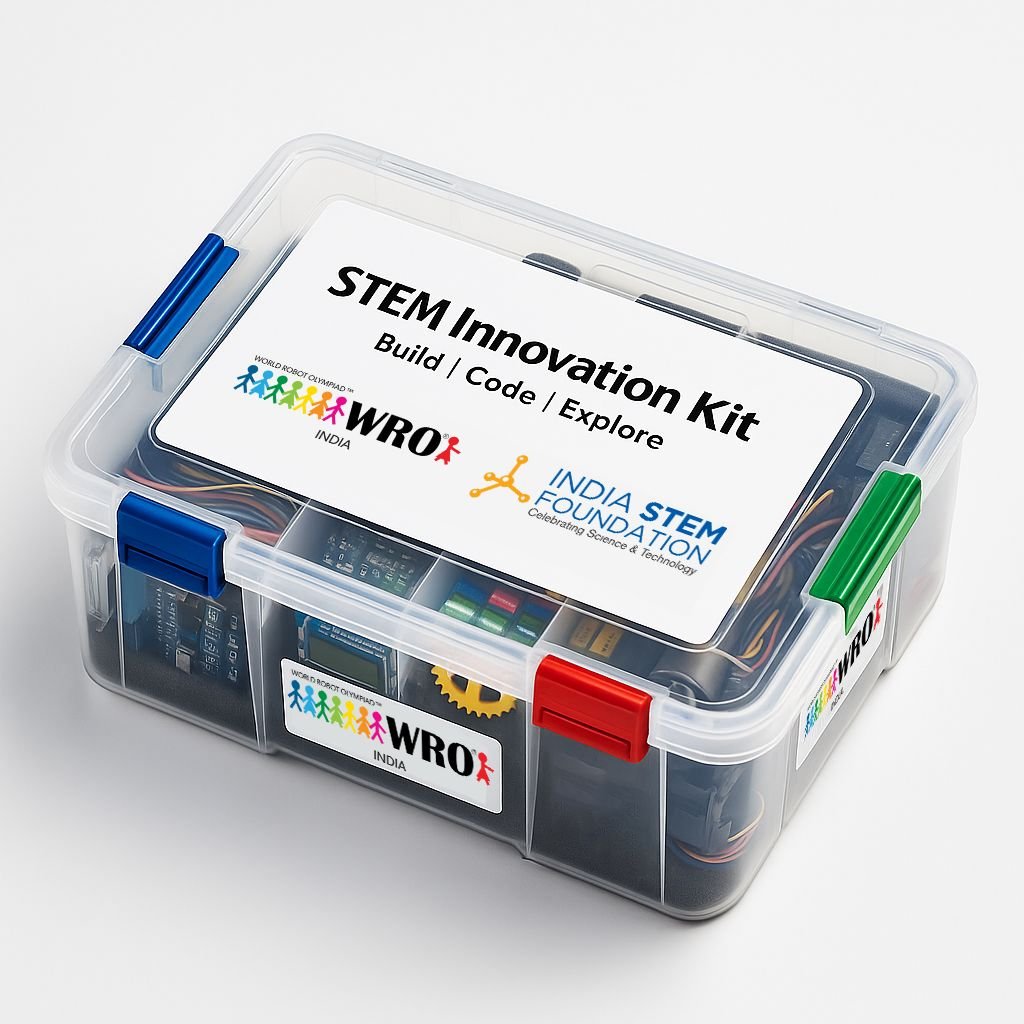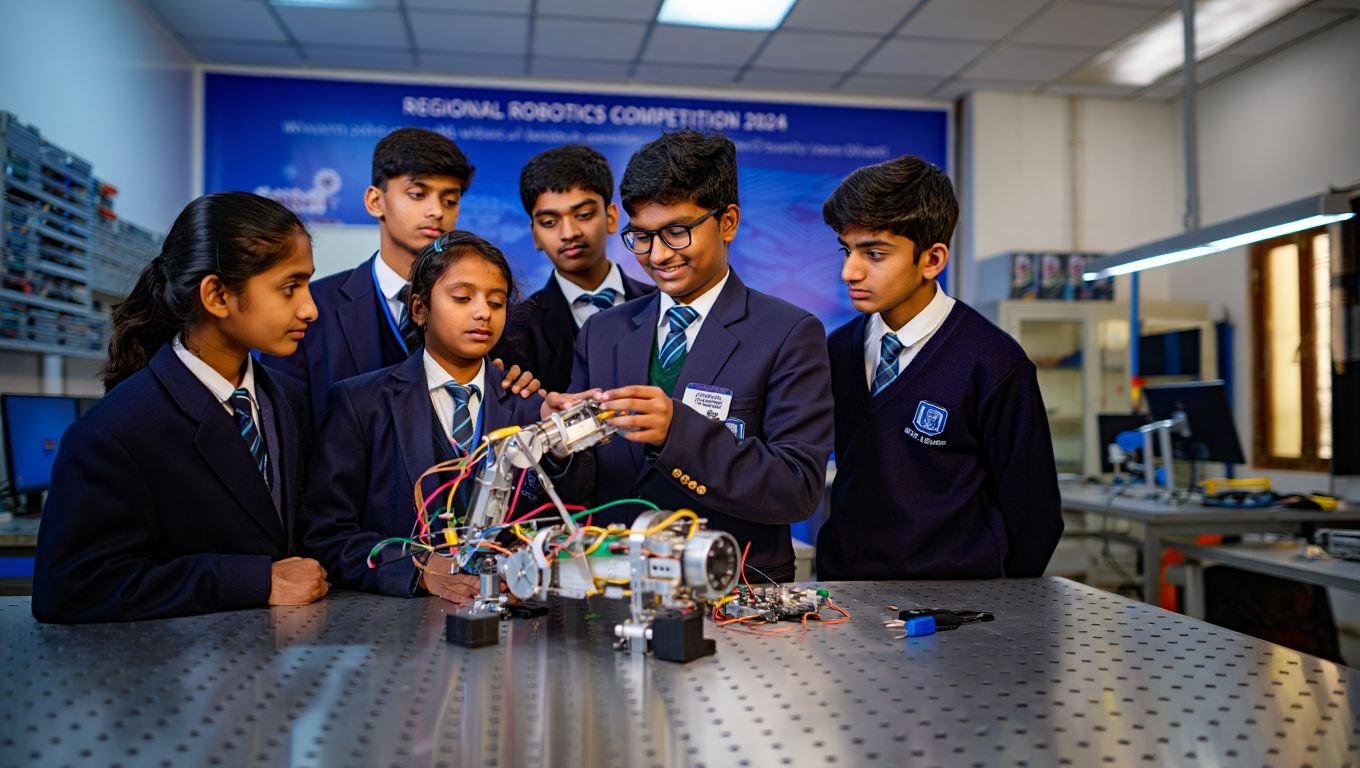In a rapidly evolving technological landscape, the face of education is undergoing a trans-formative shift, and STEM (Science, Technology, Engineering, and Mathematics) fields stand at the forefront of this revolution. This article delves into the cutting-edge innovations that are shaping the future of STEM education, exploring how technology is revolutionizing the learning experience and preparing students for the challenges and opportunities of tomorrow.
Virtual Labs: Breaking the Boundaries of Experimentation
Traditionally, science labs have been confined to physical spaces with tangible equipment. However, the advent of virtual labs has shattered these boundaries, allowing students to conduct experiments in a virtual environment. This innovation not only transcends geographical constraints but also enhances accessibility, enabling students to explore and interact with complex experiments without the need for a physical setup. Virtual labs are becoming a cornerstone in STEM education, offering a safe, cost-effective, and immersive way for students to engage with scientific concepts.
Artificial Intelligence: Personalizing the Learning Journey
Artificial Intelligence (AI) is revolutionizing the role of educators by providing personalized learning experiences. AI algorithms analyze individual learning patterns, adapting the curriculum to cater to the unique needs of each student. This not only ensures that students grasp concepts at their own pace but also identifies areas where additional support may be required. The integration of AI in STEM education fosters a more dynamic and responsive learning environment, ultimately enhancing the effectiveness of teaching.
Project-Based Learning: Applying Knowledge to Real-World Challenges
Project-based learning has long been recognized as an effective way to apply theoretical knowledge to real-world scenarios. In STEM education, this approach is gaining prominence as it encourages students to actively engage with concepts, fostering critical thinking and problem-solving skills. By working on projects relevant to their interests, students develop a deeper understanding of STEM subjects and gain practical experience that is directly applicable to future careers.
Gamification: Making Learning Engaging and Fun
Gamification introduces game elements into the learning process to make education more engaging and enjoyable. In STEM education, this translates into interactive activities, challenges, and simulations that mimic real-world problem-solving. By incorporating elements of competition and reward, gamification not only captures students’ interest but also motivates them to persist in the face of challenges. This innovative approach transforms the learning experience from a passive endeavor into an exciting and dynamic adventure.
Collaborative Platforms: Fostering a Culture of Teamwork
The ability to collaborate is a crucial skill in STEM fields, and collaborative platforms are leveraging technology to cultivate this skill from an early age. Virtual classrooms, online discussion forums, and collaborative projects enable students to work together, irrespective of their physical location. This not only prepares them for the collaborative nature of many STEM professions but also exposes them to diverse perspectives, enhancing their problem-solving abilities.
Future Sectors Creating a Demand for STEM Education
As we embrace these innovative approaches to STEM education, it becomes evident that they cater to the diverse needs of students and address the challenges posed by the rapidly changing technological landscape. Virtual labs provide flexibility, AI personalizes learning, project-based learning fosters practical skills, gamification makes learning enjoyable, and collaborative platforms prepare students for real-world teamwork.
These innovations in STEM education are not just about embracing technology; they represent a paradigm shift in how we approach learning. By integrating these cutting-edge methods, educators can nurture a new generation of thinkers, innovators, and problem solvers who are well-equipped to navigate the challenges and opportunities that the future holds.
Conclusion
The future of learning in STEM education is dynamic, interactive, and deeply interconnected with technological advancements. As educators and students alike embrace these innovations, the journey of learning becomes not just a means to an end but a thrilling exploration of knowledge and discovery, preparing individuals to shape the future of STEM fields




